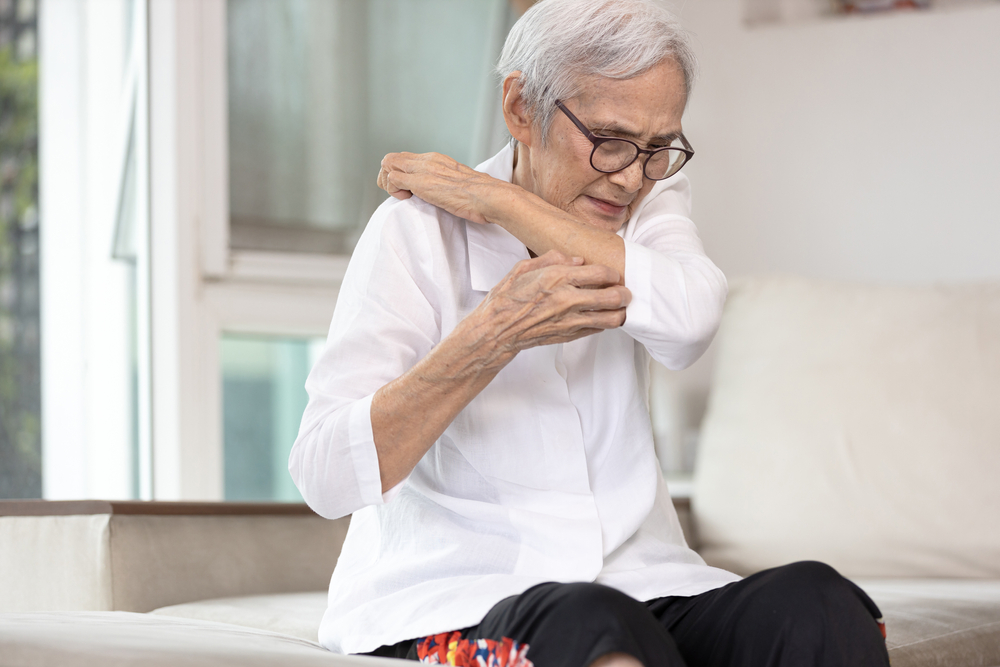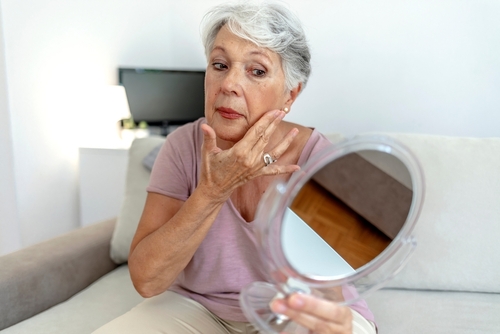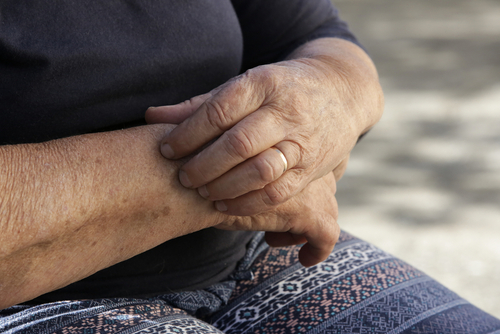Common Rashes in Elderly Adults
Category:

Common Rashes in Elderly Adults
Changes to the skin are among the most obvious transformation that the body undergoes with age. But in addition to visible differences, like wrinkles or age spots, there are also less obvious changes. Skin becomes thinner, less elastic, boasts fewer sweat glands, and so on.
As a result, elderly skin is more vulnerable to a wide range of conditions, and rashes in elderly folks are more common as well. The good news is many rashes are nothing to worry about, and most can be fixed with simple steps. Learning more about some of the most common elderly skin rashes can help you spot the difference, and figure out the best ways to help.
Rashes in Elderly Populations
Rashes are an inflamed skin response to an external or internal irritant, and many kinds of things can irritate the skin. For instance, scabies is a mite infestation in human skin that can cause an itchy rash. Many rashes are a form of eczema, which is a group of conditions that involve the same kinds of symptoms: red, inflamed skin. And in most cases, it’s not understood exactly why eczema develops!
The location of a rash is often a clue about its origin. For instance, leg rashes in the elderly are frequently a response to an allergic reaction (contact dermatitis.) When looking at facial skin rash in elderly groups, the culprit is often pruritus, which is not technically a rash but can appear red and cause itching. And drug hypersensitivity rashes, which usually start within one to three weeks of taking a new drug, typically are found on the upper torso.
But in terms of commonality among seniors, the two of the most common are heat rash and diaper rash. And while both tend to have relatively simple solutions, understanding them can be critical.
Heat Rash Elderly Considerations
Heat rash can affect adults of any age, especially when it becomes hot and humid. It’s the result of pores being blocked and sweat becomes trapped under the skin, which can create distinctive blisters and red lumps. While some kinds of heat rash will feel very itchy, others can feel prickly, or not itch at all.
In the elderly, heat rash is often the result of prolonged bed rest or overheating. Even sleeping under an electric blanket can contribute to a heat rash. Fortunately, cooling down your skin will usually resolve heat rash on its own. That means simply taking off the heated blanket when you see the rash developing, but you may need to consult a doctor if symptoms last more than a few days or seem to be worsening.
How Do I Get Rid of Elderly Diaper Rash?
What are the best ways of dealing with diaper rash in elderly adults? That answer is best broken into two parts: treatment and prevention.
For treatment, common diaper rash usually needs no more than to gently wash the affected areas with hypoallergenic soap and water. Rather than scrubbing the skin clean, gently pat it dry. There are also a variety of over-the-counter ointments that contain zinc oxide, which has been clinically shown to help alleviate itching.
When it comes to prevention, beating elderly diaper rash is usually a matter of changing dirtied pads as quickly as possible. Even if they’ve only been lightly soiled, affected pads can become potent skin irritants when left unaddressed.
Subscribe
Date: October 14, 2021
Category:


